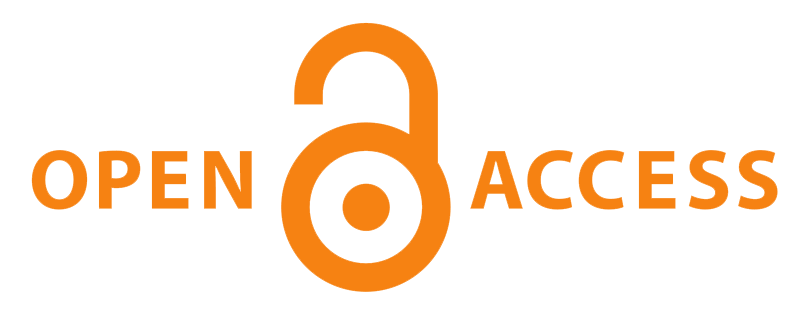Ton-in-Ton
Audio-Assoziationen und visuelle Synästhesie-Effekte in Pharmawerbung und Sozialkampagnen
DOI:
https://doi.org/10.57974/Re:visit_2022_1.08Keywords:
synaesthetic effects and mediatization, pharmaceutical advertising and Public Health Communication, risk communication and storytelling, interculturality and translation, audio associations and audio semioticsAbstract
Public Health Communication (PHC) has a strong interdisciplinary impact and unifies intermedial, transcultural and transgeneric aspects. It maps a field of action, which, as a form of discourse and communication, becomes more and more diversified. With the massive mediatization and the impact of the cultural, visual, pragmatic and multimodal turn, in the forms of communication and discourse as well as in the media formats this multimedia-oriented area of interaction shows – seen not only from the perspective of culture sciences and medical humanities, but also from an (inter-)culturally oriented, translation-relevant perspective – various interesting forms of hybrid discourse and texts with a special proportion of auditory elements. As a symptom of mediatization, the language and imagery of PHC include more and more acoustic references and allusions. Simple illustrations are replaced with complex stories embedded in a highly culturally determined context, which opens complex multi-sensory scenarios and opportunities for interpretation. Mediatization in the form of information campaigns in PHC thus becomes a special type of inter- or transcultural translation. Currently we see an evolution from a mono-dimensional information and dissemination strategy towards a multi-level and multidimensional form of communication, which is mediated in a highly hybrid, transmedially and transgenerically oriented way in the texts as well as in the forms of visualization – which more and more include the visualization of audio-associations. As a result of mediatization, communication in general has become more dynamic and also the reception of information can often be achieved only by docking on culturally or socially determined markers in text, visualization – and auditive scoring. Pharmaceutical advertising as well as awareness and social campaigns in PHC rely on various associations with acoustic phenomena of a language and culture-specific determination in the transfer of factual or emotional messages.
Campaigns as well as advertising in various ways operate with an illustrative coding and a translation of audio-associations. The hereby generated culture-specific emotionalization of the symbiosis of information, public relation and a target group-sensitive individualization is based on complex dynamics of encoding and reception. By means of audio-associations, virtually by pseudo-auditive storytelling, the addressees of pharma advertising and social campaigns can be appealed to by evoking culturally coded synergetic, multimodal sensations. Hence, acoustic evocations generate in the mind of the addressees associative spaces, so that parasocial relations are established and it is made possible for the target group to understand and experience abstract relationships in a synergetic emotionalized context. By this means, a pronounced field of tension between objective factual information and the opening of new associative spaces is revealed.
Creative agencies have increasingly been using various hybrids from visual as well as acoustic representations when designing their campaigns. The paper will look at prototypical examples of health campaigns and pharmaceutical advertising to show how allusions to sound and specific sound discourses influence the reception of information and contribute to emotionalization, localization and individualization. Apart from this, it will show how sound becomes visible in text and illustration as a purposefully used culture-determined phenomenon.
Downloads
Published
Issue
Section
License
Copyright (c) 2022 Cornelia Feyrer

This work is licensed under a Creative Commons Attribution 4.0 International License.






